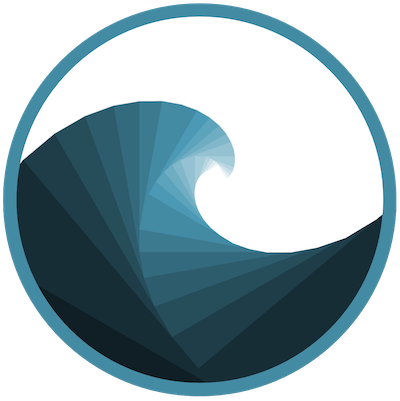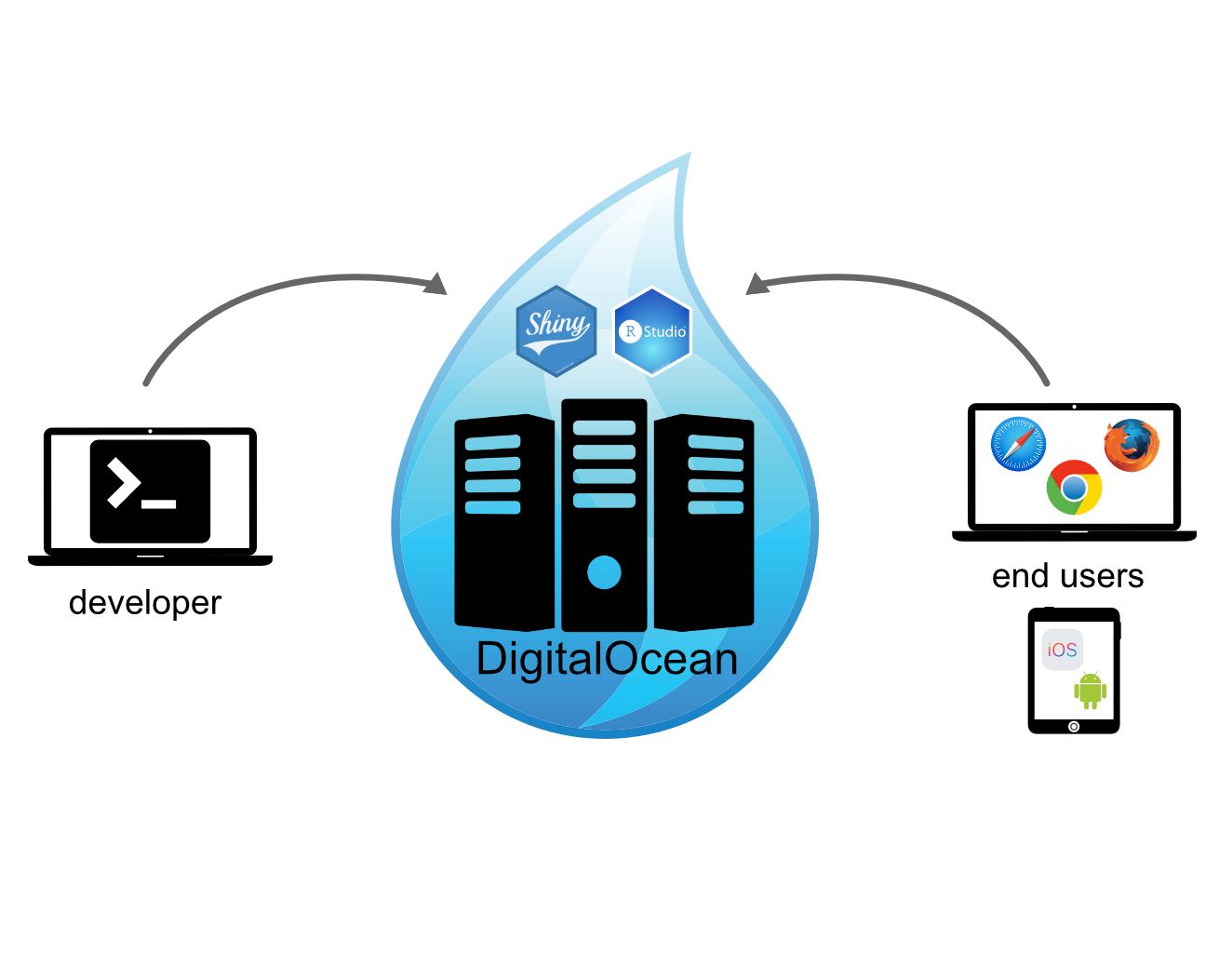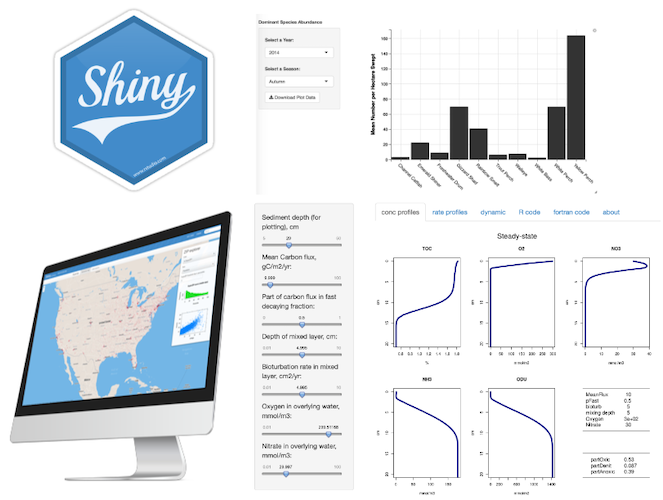Run Shiny Server on your own DigitalOcean droplet - Part 1
Do you also like shiny apps and would like to host more than 5 apps as currently permitted at shinyapps.io? Than the solution might be to run your own shiny server using any (virtual) server. In the following I will describe step-by-step how I set up my own Shiny as well as Rstudio Server using Digital Ocean. At the university I already use Rstudio Server extensively in my stats courses, which runs on a physical server at my research institute.



